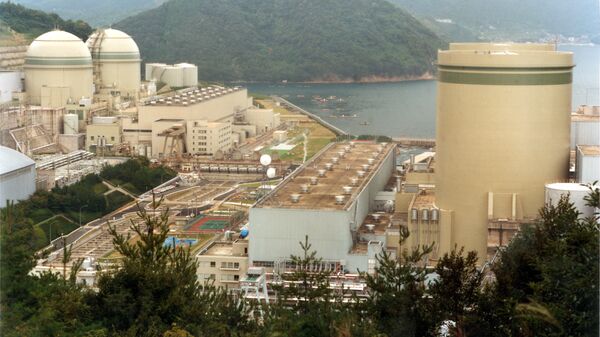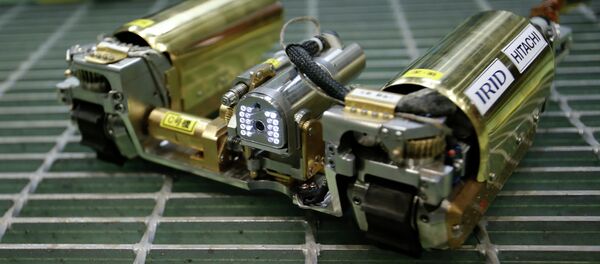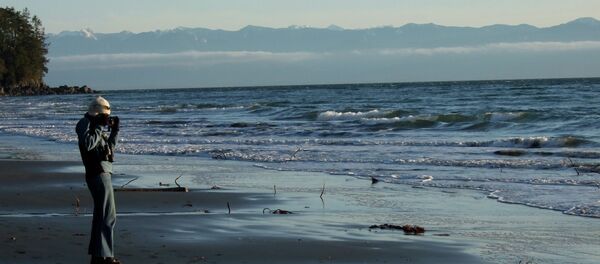Though Kepco said the plant’s safety procedures have been improved as per the NRA’s heightened standards, residents argued that nuclear officials underestimated the plant’s vulnerability to earthquakes. They additionally contended that the reactors did not meet proper standards, and that evacuation contingencies remained inadequate. A copy of the court ruling’s documents obtained by Reuters similarly revealed that the regulator’s standards "lacked rationality."
Kepco referred to the injunction as "regrettable and utterly unacceptable," vowing to appeal the ruling. The nuclear power plant operator, which supplies the Osaka metropolis, has lost 744 billion yen ($6.2 billion) since the 2011 Fukushima crisis and is expected to lose an additional 161 billion yen ($1.3 billion) this year.
The ruling also comes as a blow to Prime Minister Abe’s campaign to reintroduce nuclear into Japan’s energy mix this year. Abe has pushed for the resumption of nuclear power in the hopes of lifting the country’s struggling economy. Japan’s business lobby has similarly argued that the nuclear shutdown has forced national firms to import expensive fossil fuels while nuclear reactors remain idle.
Government pressure to return to nuclear, however, has been consistently resisted by a majority of the public. A separate injunction has been filed by residents against plans to restart the Sendai reactors and a court is expected to make a ruling this month.
The triple meltdown at Fukushima Daiichi was caused by an earthquake and tsunami in March 2011. The accident, the worst of its kind since Chernobyl, resulted in large quantities of radiation spreading into the air and sea, forcing tens of thousands of residents to evacuate the area. In response, Japan shut down its 48 functioning nuclear reactors. Prior to the 2011 disaster, nuclear power supplied nearly one third of the country’s electricity.




